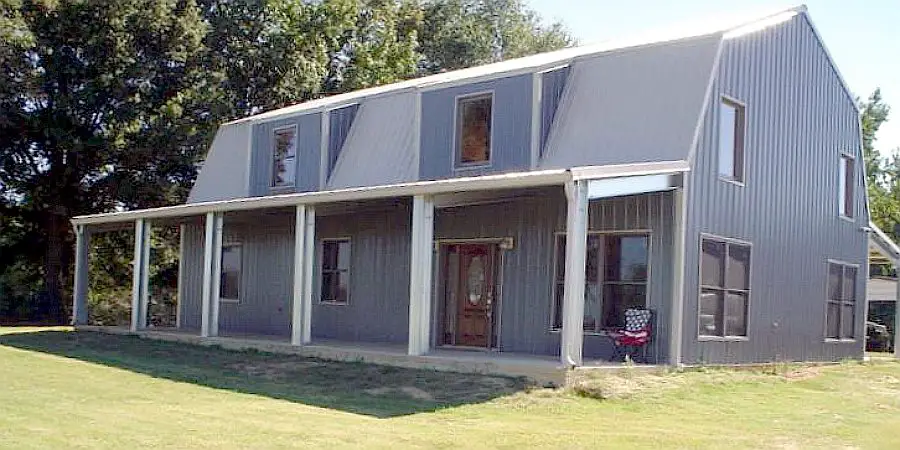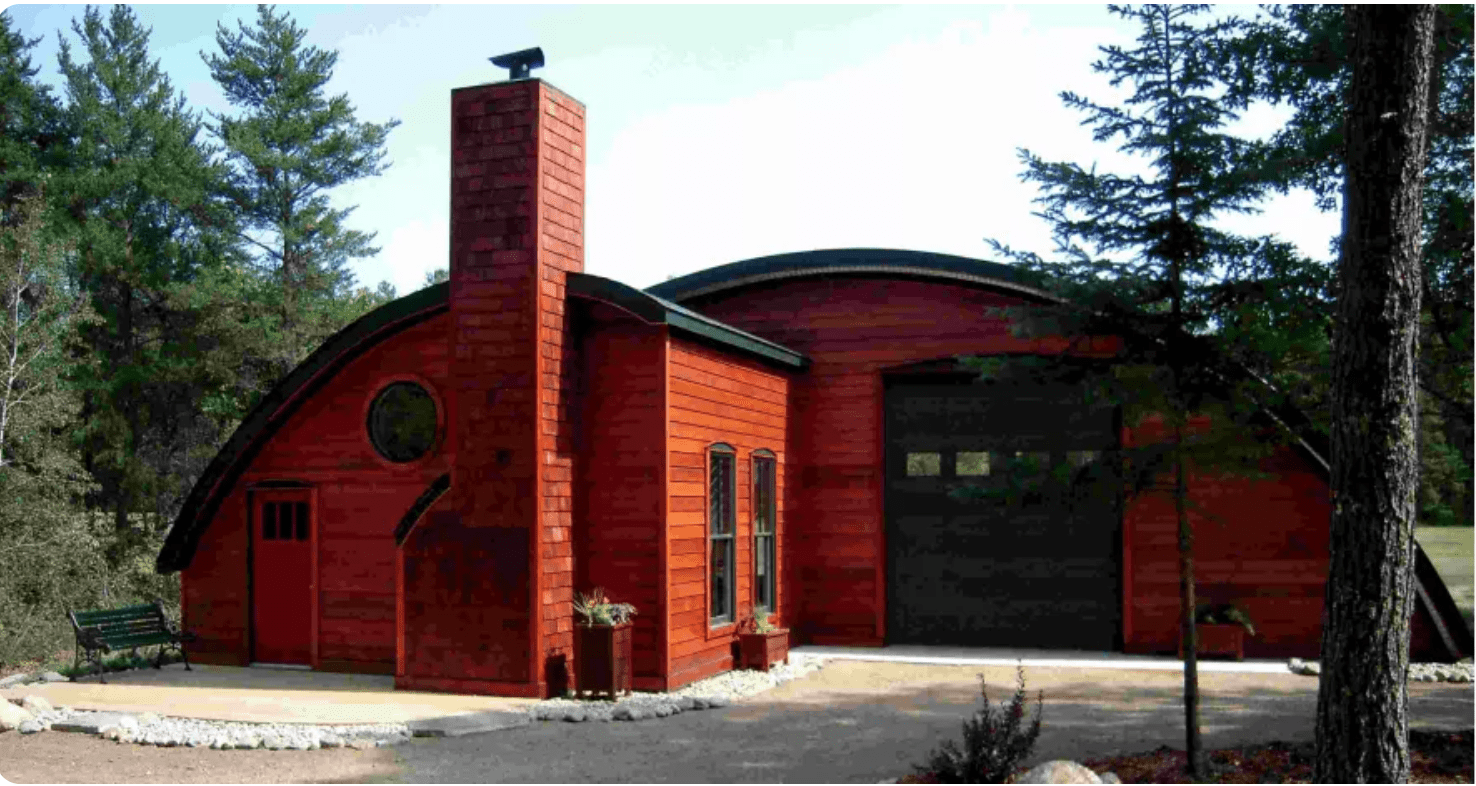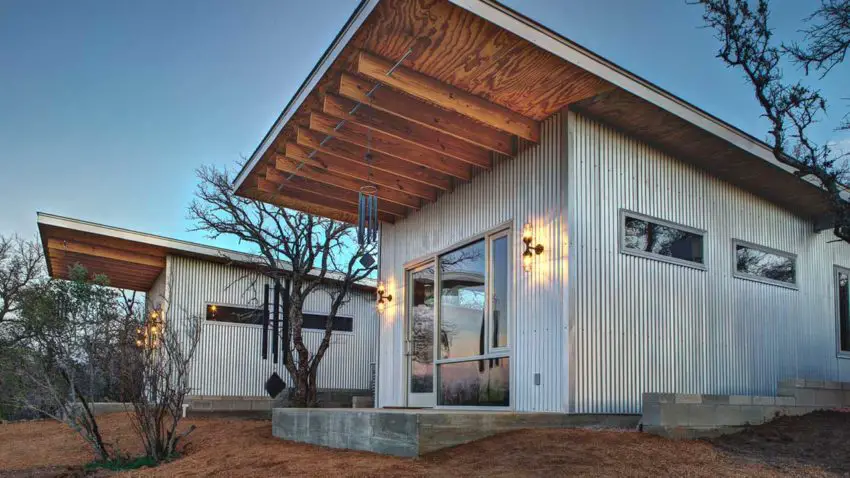Are You Dreaming of Constructing Your Own Tiny House? If that is the case for you, you aren’t alone – these structures have quickly become popular housing trends, providing minimalist and sustainable lifestyle solutions. But before beginning construction it is vital that research be performed as well as gathering inspiration from those who have gone down this road already.
Learn From Those Who’ve Built Before
One of the best ways to gain valuable insights into tiny house building is to get advice from those who’ve built one already. They have experienced all aspects of tiny house living first-hand and offer invaluable advice. Online communities, forums and social media groups dedicated to tiny houses provide great ways to connect with experienced builders.
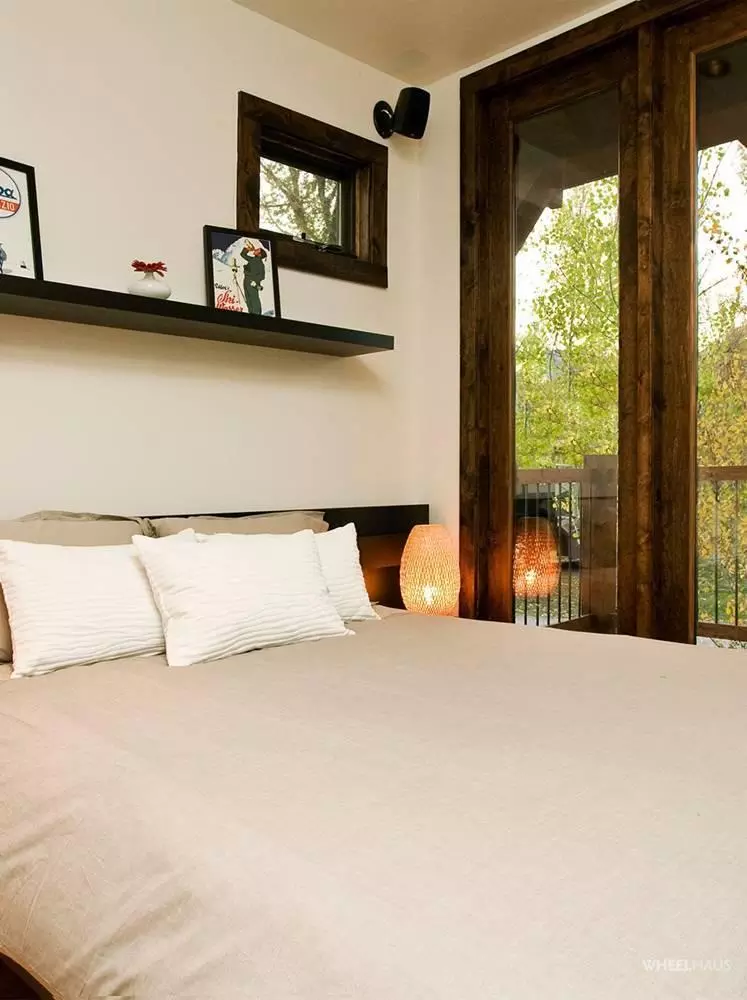
Consult with contractors and small home builders.
Contractors and professional tiny house builders possess extensive expertise when it comes to creating these small dwellings. Leveraging their vast knowledge on various kinds of tiny houses will give valuable insights into design, material selection and building techniques – so consulting them beforehand will ensure your tiny house meets all standards set out by you and its code compliance is met to the tee!
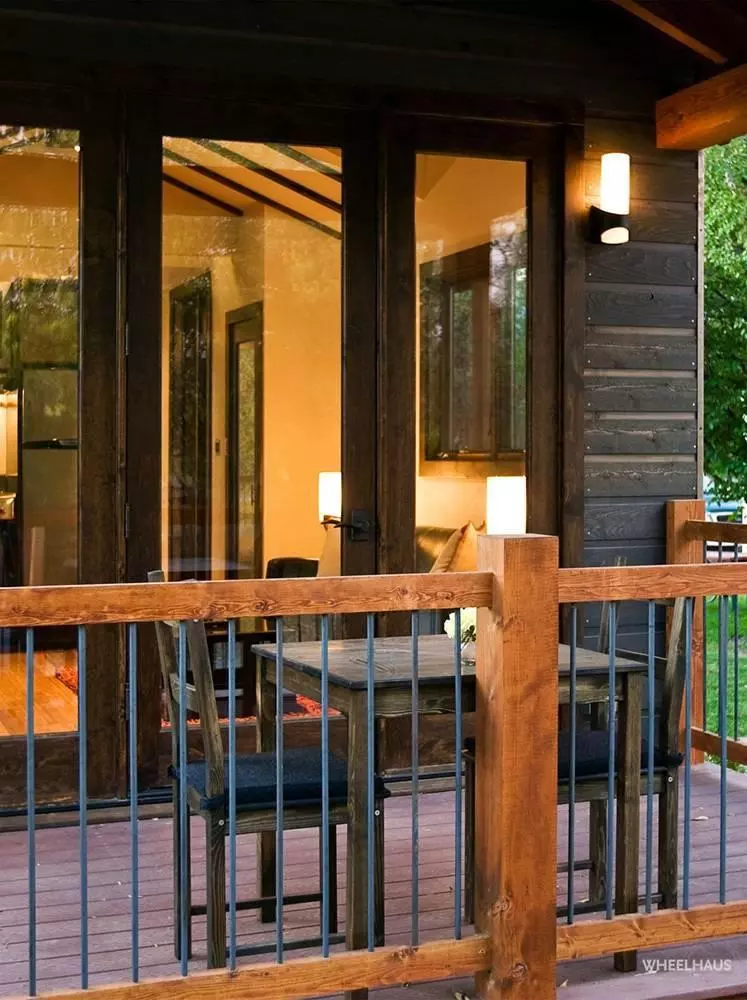
Study Floor Plans and Small Home Designs
Selecting an optimal floor plan and design for your tiny house is crucial to its functionality and comfort. When making this choice, keep your family’s needs and any special considerations in mind as you explore various plans or small house designs to determine which layout would work best.
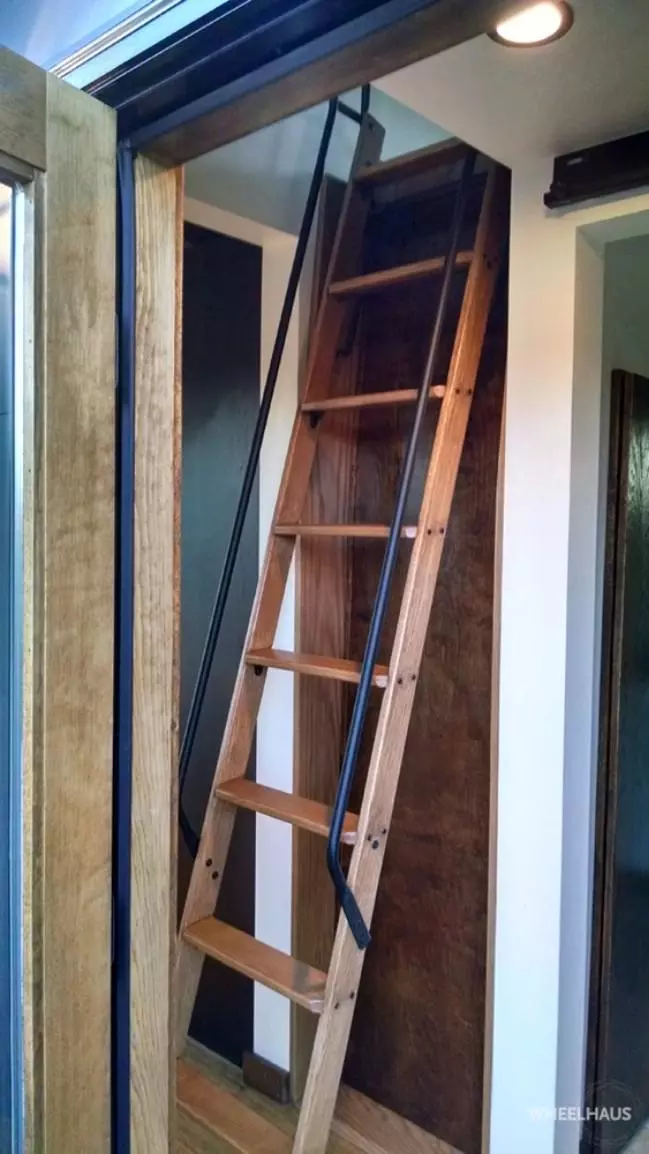
Prioritize Energy Efficiency as a top priority
Energy efficiency should be your number-one goal when designing a tiny house. By prioritizing energy-saving features in your design, you can reduce environmental impact while cutting utilities costs. Note that as its surface area expands, more energy will be needed for heating and cooling; opting for compact designs with insulation materials could help lower this figure significantly.
Building from the Bottom Up
Building your tiny home should begin from the bottom up; building outward is often more expensive and reduces overall efficiency of the structure. Heat rises naturally; therefore if your second-floor chambers need heat sources from below them to stay comfortable. By keeping this factor in mind during design decisions for your tiny house design you may optimize energy use more effectively.
Log Dry Log Storage Importance
Before using logs as building material, it’s crucial that they’re as dry as possible before construction begins. Repurposed wood offers ample opportunity for natural drying while green or wet logs may shrink as water evaporates and cause structural damage. Wood with moisture content between 12-15% should be used when crafting your tiny house.
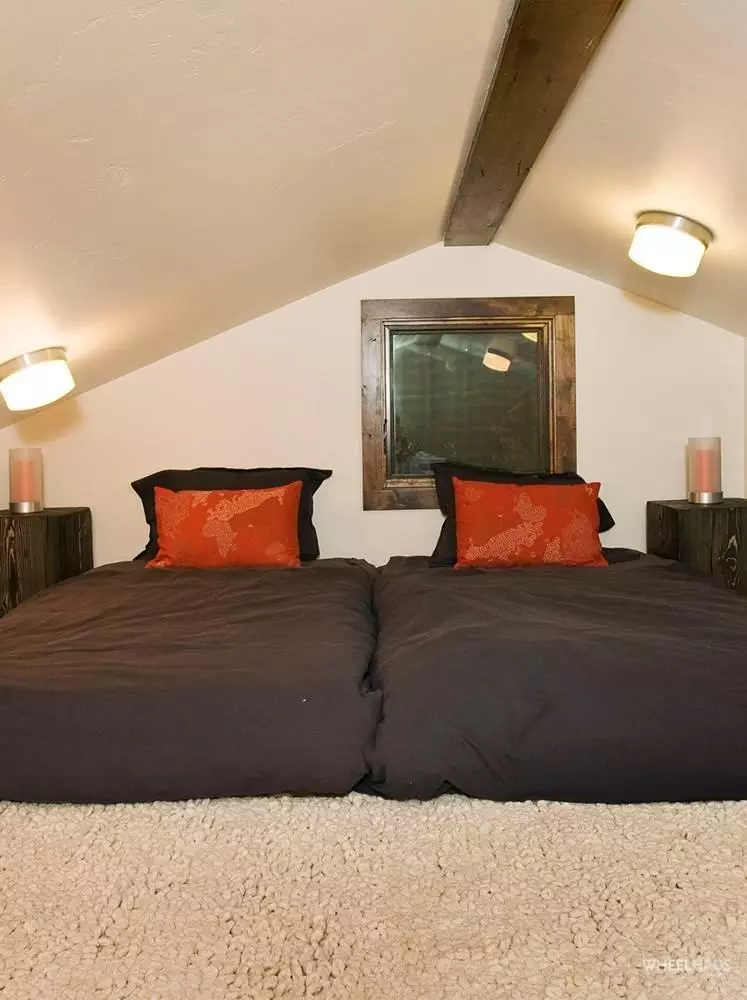
Introduce Protective Features in your Design Plan.
To protect your tiny house against excessive moisture, incorporate features like an extended overhang roof and covered porches into its design. These elements will shield logs from rain and snowfall to preserve their integrity and keep your home weatherproof. Furthermore, pay attention to landscaping so water sprinklers stay safely far from your tiny house to reduce further potential water damage.
Building your tiny house can be an unforgettable journey – offering the chance to customize a space just to you and meet all of your needs and wants. By taking time, gathering information, and saving money as part of the journey towards making your dream house become a reality – enjoy every step and revel in this experience of creating something truly personal!
Building Your Tiny Dream House
Building a tiny house requires careful research, planning, and commitment. By learning from other’s experiences and consulting professionals as you consider key design principles to build it yourself based on key design principles that reflect your personal style, you can craft an eye-catching and functional home to reflect who you are as an individual. Remember, however, building one doesn’t just involve downsizing – rather, embarking on an enjoyable lifestyle filled with simplicity and sustainability is at stake here too!
This Story was inspire by: Wheelhaus
